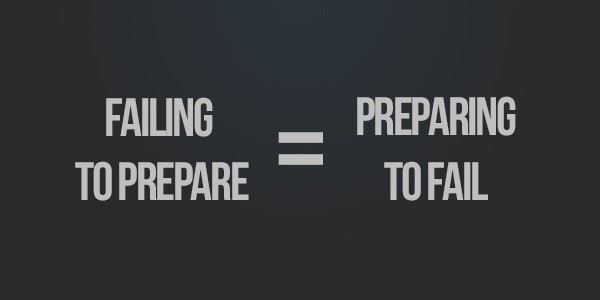“Give me six hours to chop down a tree and I
will spend the first four sharpening the axe.”
-Abraham Lincoln
Many times, I’ve been in the field at a job site, and on the first day, I’ll find
some issue that I might not have the necessary tools to fix. These issues vary depending on the scope of the project, and even though I primarily focus on electrical issues, mechanical issues can pop up with electrical equipment. A disconnect on a control panel may have been damaged during shipment, or a few bolts might be loose on a panel. I’ll find myself asking someone else for tools or having to leave the site to purchase tools or equipment. A controls engineer cannot predict every issue that may arise or carry enough tools to cover every scenario, but one can be well prepared for issues that do occur regularly in the field.
Create a Checklist
In any occupation, it is imperative to have the necessary tools to do the job. Preparing a checklist is a great way to verify everything needed is packed and ready to go. For a controls engineer, several tools are vital to have when commissioning a system.
- Multimeter
- Laptop and Charger
- Ethernet cable
- Wireless router
- Batteries (AA, AAA, 9V)
- Screwdrivers (Terminal, Philips, Flathead)
- Crescent wrench or wrench set
- Plyers (wire cutting, needle nose, wire strippers, etc.)
- Tachometer (for checking speeds)
- CAD drawings (printed)
- Pens for redlines on drawings
Inspect Tools
Routine inspection of tools should be done to ensure functionality and safe operation. Tachometer and multimeter batteries must be inspected frequently. It may be easy to forget, but it can be critical to inspect the laptop charger every so often for signs of damage. A laptop charger or cord can easily be damaged onsite and may not be obvious without careful inspection. The charger is the lifeline of a laptop, and it can really slow down the commissioning process if a controls engineer must wait on a new charger to come in.
Create Testing Procedures
Making a standardized testing plan is another great way for a controls engineer to be prepared. Having a clear, organized testing plan can really help the commissioning process go quickly. The testing plan should have some form of a checklist that allows the user to track the commissioning process. This plan should be easy for others on the team to interpret since, often, at some point in the commissioning process, there may be a handoff to other controls engineers.
Conclusion
In any profession, especially controls engineering, one needs to be well prepared with the tools he or she needs to be successful. Creating a checklist and inspecting the tools on that checklist can save time and money. Forming a standardized testing procedure is a great way to streamline the commissioning process and will lead to a project’s flawless success.
Josh Shoemaker - Commissioning Engineer
Josh Shoemaker joined Spring Automation in June 2018. He has commissioned several projects since and has been involved in project design as well. Josh has worked to improve our commissioning process by developing a standard commissioning tracker for the team to use. This tracker helps keep the project manager and other team members up to date on the progress of commissioning and installation.
Prior to Spring, Josh interned for a heat exchanger company and worked with the R&D department testing an application of evaporative cooling. He had to wire sensors and help design an experiment based on engineering concepts using Allen Bradley testing equipment. Several of the experiments involved a wind tunnel. Josh’s team was able to develop an evaporative cooling system that is currently in the patent process.


